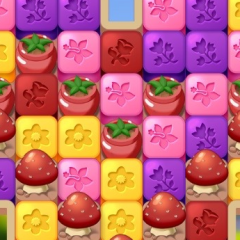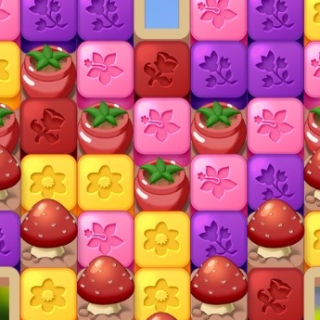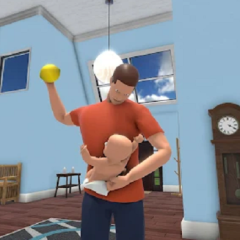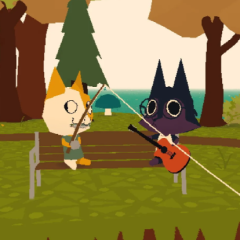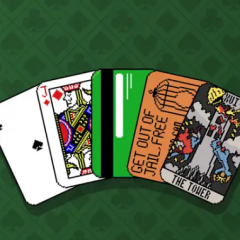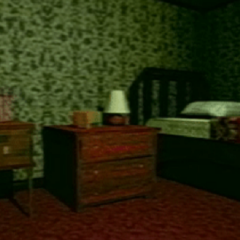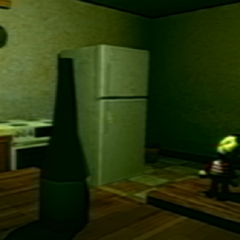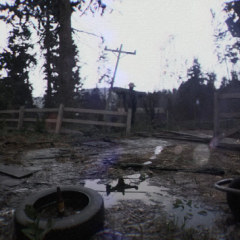Lily’s Garden is a mobile puzzle and renovation game where the player helps the main character, Lily, restore an old family estate within a limited time. The story begins when Lily inherits her great-aunt’s property and must repair it to keep ownership. The game blends puzzle solving with story development, connecting progress in the garden’s restoration to the unfolding of Lily’s personal narrative. Each completed level moves both the renovation and the plot forward, combining logical tasks with emotional storytelling.
Game Flow and Puzzle Structure
The foundation of Lily’s Garden is a series of tap-based puzzles. Instead of matching tiles by swapping, the player taps clusters of identical flowers to clear them from the board. Each completed puzzle earns stars, which serve as a form of energy used to complete renovation tasks around the estate. These puzzles vary in difficulty and introduce new mechanics as the game progresses. Finishing them allows the player to unlock new locations, such as patios, fountains, or greenhouses, each linked to a specific chapter of Lily’s story.
Tasks, Upgrades, and Rewards
The renovation system gives players a structured way to connect progress with gameplay rewards.
Main gameplay components include:
· Completing puzzles to earn stars for repairs
· Spending stars to unlock new decorative choices
· Gaining coins and boosters for faster level completion
· Choosing between visual designs for buildings or garden areas
· Unlocking story scenes after completing a set of tasks
Each task contributes to the estate’s gradual transformation. The player decides which areas to prioritize, which decorations to select, and how to spend earned resources. The sense of completion comes from watching the property evolve through small, consistent actions.
Storyline and Character Development
Beyond renovation, Lily’s Garden features a continuous story about relationships, personal setbacks, and recovery. As Lily restores the garden, she interacts with neighbors, uncovers secrets from her family’s past, and confronts her former partner. These narrative sequences appear between gameplay sessions and are presented through short animated dialogues. The tone of the story remains consistent with the progress of the renovation: as the garden improves, Lily’s emotional state and social connections develop in parallel. This integration of narrative and gameplay keeps progression meaningful.

